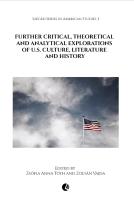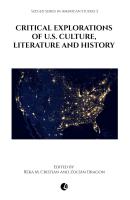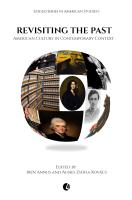Spotlights
New Releases

SZESAS #3
Further Critical, Theoretical and Analytical Explorations of U.S. Culture, Literature and History
December 1, 2023



Which version should I choose?
The Kindle (.mobi) version can be read on the following devices and free software: all Kindle devices (transfer the file to the „Documents” folder of your device), Kindle e-readers, Kindle apps for various devices and operation systems
The ePub (.epub) version can be read on the following devices and free software: iPad, iPhone (iBooks app), Adobe Digital Editions, Calibre
For further information and links to the above software apps, see our FAQ page.
